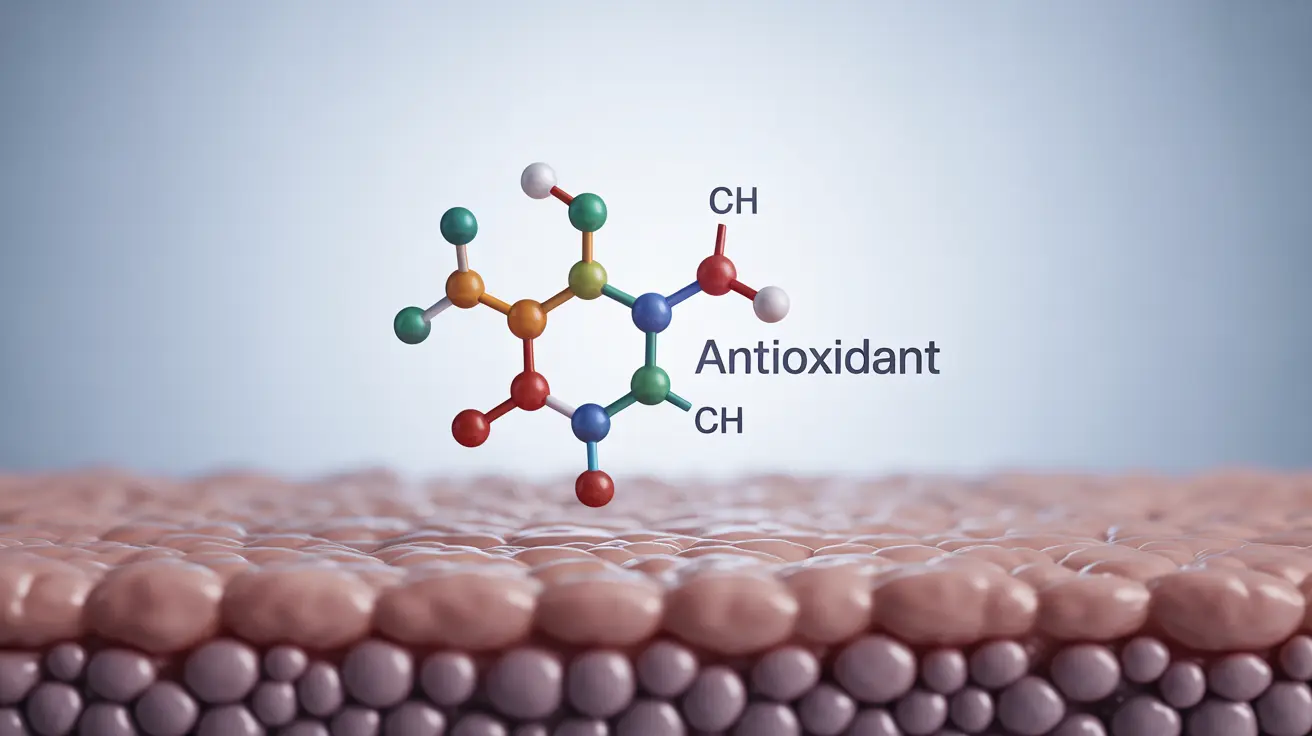Alpha lipoic acid (ALA) has emerged as a powerful skincare ingredient, celebrated for its unique antioxidant properties and ability to enhance skin health. This naturally occurring compound, sometimes called the "universal antioxidant," offers multiple benefits for those seeking to improve their skin's appearance and protect it from environmental damage.
Understanding how alpha lipoic acid works for skin and how to incorporate it into your skincare routine can help you maximize its potential benefits. Let's explore everything you need to know about this versatile ingredient.
What is Alpha Lipoic Acid?
Alpha lipoic acid is a potent antioxidant that your body produces naturally, though in small amounts. What makes it unique is its ability to work in both water-soluble and fat-soluble environments, allowing it to protect and nourish skin cells more comprehensively than many other antioxidants.
Key Benefits of Alpha Lipoic Acid for Skin
Powerful Antioxidant Protection
As a universal antioxidant, ALA helps neutralize free radicals that can damage skin cells and accelerate aging. It works both on the skin's surface and deep within skin layers to provide comprehensive protection against oxidative stress.
Anti-Aging Properties
Alpha lipoic acid has shown promising results in reducing the appearance of fine lines and wrinkles. It helps boost collagen production and can improve skin texture and firmness over time when used consistently.
Skin Tone Enhancement
Regular use of alpha lipoic acid can help even out skin tone and reduce the appearance of dark spots. It works by inhibiting excess melanin production and promoting healthy cell turnover.
How to Use Alpha Lipoic Acid in Skincare
Topical Application
ALA is commonly found in serums and creams at concentrations between 0.5% and 5%. For best results, apply these products to clean, dry skin before heavier moisturizers. Start with lower concentrations if you're new to the ingredient.
Dietary Sources and Supplements
While topical application provides direct benefits to the skin, you can also increase your ALA intake through diet or supplements. Foods rich in alpha lipoic acid include spinach, broccoli, and organ meats.
Best Practices for Using Alpha Lipoic Acid
Optimal Timing
Apply ALA products in the evening, as the ingredient can make skin more sensitive to UV radiation. Always use sunscreen during the day when incorporating alpha lipoic acid into your routine.
Complementary Ingredients
Alpha lipoic acid works well with other antioxidants like vitamins C and E, creating synergistic effects that enhance overall skin benefits. However, introduce new combinations gradually to ensure skin tolerance.
Frequently Asked Questions
What are the main benefits of using alpha lipoic acid for skin health, and does it really help reduce wrinkles and signs of aging?
Alpha lipoic acid offers significant anti-aging benefits by fighting free radicals, stimulating collagen production, and reducing inflammation. Clinical studies have shown it can help diminish fine lines and wrinkles while improving skin texture and firmness.
How do you use alpha lipoic acid for skin—should it be taken as a supplement or applied topically, and what is the best way to get results?
For optimal skin benefits, a combination approach can be effective. Topical applications provide direct benefits to the skin, while supplements can support overall skin health from within. Start with a low concentration topical product (0.5-1%) and gradually increase as tolerated.
Are there any side effects or risks I should know about before using alpha lipoic acid on my skin?
Some people may experience mild tingling, redness, or irritation when first using alpha lipoic acid. Start with lower concentrations and patch test new products. Those with sensitive skin should introduce the ingredient gradually and discontinue use if irritation occurs.
Can alpha lipoic acid help protect my skin from sun damage and environmental pollutants, and does it work well with other antioxidants?
Yes, alpha lipoic acid provides excellent protection against environmental damage through its antioxidant properties. It works synergistically with other antioxidants like vitamins C and E to enhance protective benefits, though it should not replace sunscreen.
Is alpha lipoic acid suitable for all skin types, including sensitive skin, and can it help with issues like acne, dark spots, or uneven skin tone?
While alpha lipoic acid can benefit most skin types, those with sensitive skin should approach with caution. It can help improve acne, dark spots, and uneven skin tone through its anti-inflammatory properties and ability to regulate melanin production, but concentration and frequency of use should be adjusted based on individual skin sensitivity.




